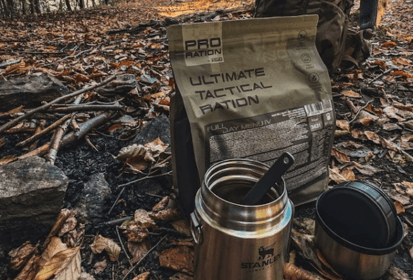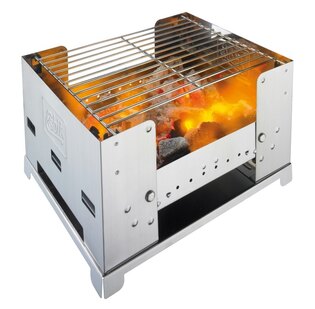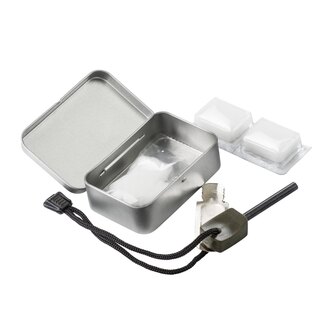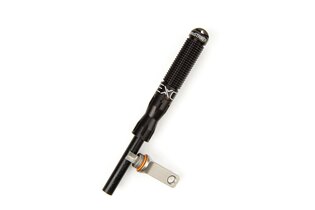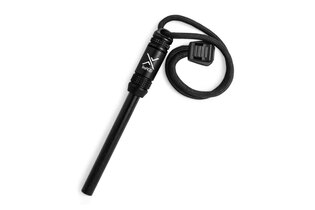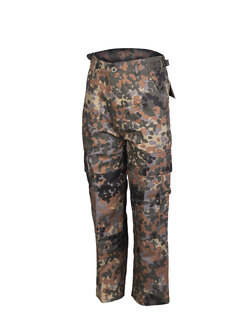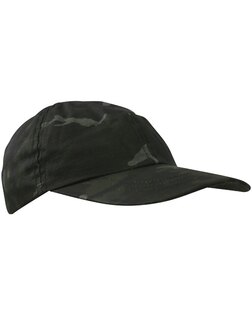Go out into nature with children: 8 tips to entertain them
Does it draw you back outside after a few near-freezing days? Are you tired of trips from point A to point B along a predetermined route or tourist attractions full of people? Don't be afraid to take your children, family and friends on a one-day outdoor adventure in nature, where you will also learn a lot of useful things. We have 8 tips for you, what you can try outside.
It is not true that all children today just sit at the computer and are not interested in anything else. But it's hard to get them to have an adventure if we don't allow or show them any. Children are like sponges – they absorb everything they see and perceive around them. And we have the opportunity to at least partially influence what we "pour" into them. The examples are endless!
Therefore, pack a backpack for you and your children (at least those who are already walking on their own) and head for the fresh air. This article will not be about where to go on a trip with children. First of all, there are a lot of such articles everywhere, and secondly, you will probably meet crowds of people in such places, especially during weekends. Everyone can be entertained by attractions. On the contrary, we want to encourage you to find your own place, discover its magic and engage your imagination. The most beautiful places tend to be those where "there is nothing".
1) Build a shelter
Don't be afraid to go camping with your children already in the spring. If you don't yet dare to have a full-fledged sleepover or a multi-day transition with sleeping outside, find a nice place in nature and build a shelter for at least a day.
If you don't want to bring a tent on a one-day adventure, bring a tarp and paracord or rubber bands and build a simple shelter among the trees. Spread mats on the ground.
Another option is to build a shelter from natural materials, of which you will find plenty around you in the forest, i.e. mainly from branches. In this case, choose fallen trees that are not decomposed, it would be a shame to kill a healthy tree for the sake of one afternoon. Build a stable structure from longer and stronger branches (ideally with support, e.g. between trees), then use a tarp or coniferous branches as insulation. Pack an axe, a wood saw and paracord for such a shelter construction.
TIP: Stretch a hammock in the forest. It never stays empty for long. Also pack at least one sleeping bag for children, in which you can place any chilled child. It can get cold very quickly in the spring and if you stay in one place for a long time, the children can get cold quickly. And a frozen child is usually a grumpy child.

Pack at least one sleeping bag with you to keep warm.
2) Cook something on the fire
And you don't have to limit yourself to classic small sausages. They are already a bit worn. Therefore, be inspired by our article on cooking on fire and make, for example, a steak on a stone or a pan, Camembert-type cheese in foil or beautifully colored skewers on the grill.
TIP: If you want to try something really interesting with the kids, google Seton's pot. Maybe you will spend a lot of time preparing and the result will be a little uncertain on the first try, but the experience is worth it.
If you don't feel like making a fire, try making tea or soup in the Jetboil, or roast an apple, a toast or a dough snake over a small wood stove – "feeding" the stove with sticks will certainly entertain the children for a while.
CAUTION: Are you going to start a fire? Then don't forget to take enough water with you to put it out. Probably the most practical option is one or more water bags. Take everything you brought into nature with you and put the place back in order before you leave. Don't forget that we lead by example.
3) Teach children to make a fire and use tools
Try flint
Speaking of making a fire, don't be afraid to involve children in all the activities you do (according to their age and skills). They wouldn't be interested in just sitting and watching anyway. And how many children (as well as adults) today can boast that they can start a fire with flint? It's a great skill to have. There are, of course, other interesting ways of starting a fire that you can try.
It is not enough just to shoot sparks freely into space, the key to success is to be able to prepare everything well in advance – dry tinder (in the beginning you can use a piece of cotton wool or perhaps a menstrual tampon - they catch quickly and reliably), rattles, wood. If you know how to do it, but you are not very good at it yet, you can practice making fire together. You'll get better at it over time, which will come in handy on your next adventures.
TIP: Make the children their own fire-making box (as in the picture) that they will carry with them.

Build your own fire-making equipment for the children to carry with them.
Yes, with a knife, but safely
Another option is to teach children how to handle a knife, or even an axe and a saw. Are you saying that these things do not belong in their hands? Certainly not without supervision and guidance. But... We believe that the sooner they learn to use these tools correctly, the more the risk of injury will be reduced.
TIP: Pack a first aid kit and plasters. The Murphy's Law says that a parent (with constantly distracted attention) is more likely to get injured when working with a knife than a child.
4) Observe and learn
When we go on a trip from point A to point B, we often wear blinders. Try to stop once and take a good look around. Notice what is living or growing around you. Which of you will see the most types of insects or birds? Can you recognize any by sound? Can you find mushrooms or animal tracks near you? Have you seen water full of tadpoles (and caught one in your glass) this year? Did you wade through an icy stream or lay down in the moss?
TIP: Pack binoculars and a book on identifying plants and animals. Or download an app to your phone that will save you searching.
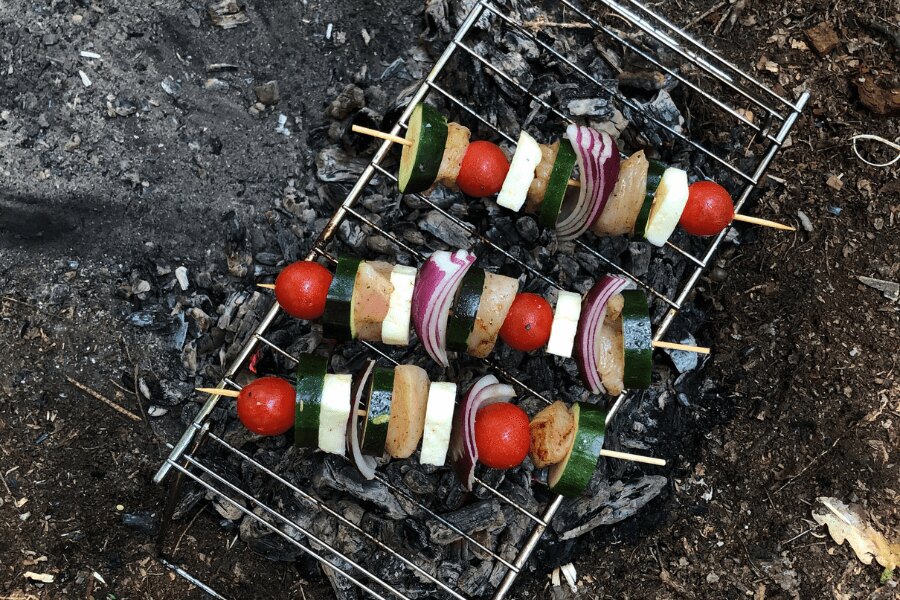
Small sausages are already slightly worn. Try something else.
5) Collect something edible
Right now is a great moment. Moreover, it is not a bad idea to show children what is around you to eat. For example, you can tear young nettles or dead nettles and cook tea straight away. If you still find a meadow full of dandelions, collect flowers for dandelion honey. Just now is the season of spruce shoots – when you put it at home in a glass with a layer of sugar and let it lie down, in a few weeks you will have a great spruce syrup against cough, handmade.
CAUTION: Never strip a whole tree nor plunder a whole meadow. Take with respect only what you need.
6) Make something yourself
You may also create in nature and with a minimum of things. Children make a spear from a stick, sharp stone and a piece of paracord. A sharp stick soaked in ashes can be beautifully drawn on stones. Someone will build houses for elves from moss, twigs and rocks. Those who can do it with a knife can try to cut a spoon (the advanced ones a wooden mug – kuksa). Or pack up any travel game with you – you will certainly play better in the fresh air than in the living room.
7) Look for a treasure
If you want to get children from point A to point B, liven it up with a trail at the end of which a treasure will wait. Along the way, do not forget to prepare several stations with tasks that will entertain them. Older children can prepare a night fighting game or get oriented according to a map.

A wood burner is perfectly suited for a one-day trip.
8) Clean up a piece of nature
Show your children that what it looks like around us is the merit of everyone, and that everyone can do a little with it. So take gloves and a few garbage bags and make a piece of nature nicer. Attention – keep your children from taking something dangerous to their hands.
TIP: Go through 7 Leave No Trace principles (freely translated: "Don't be a pig").
Readers are further interested
